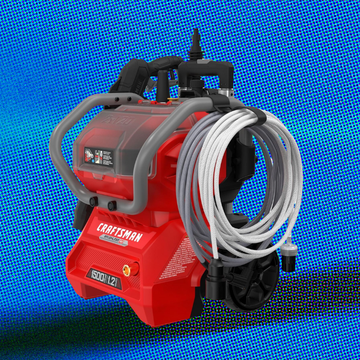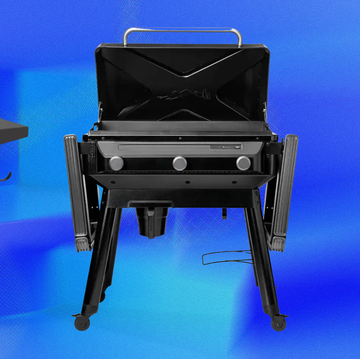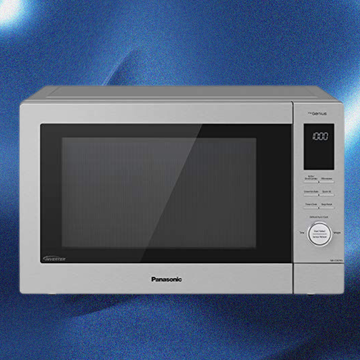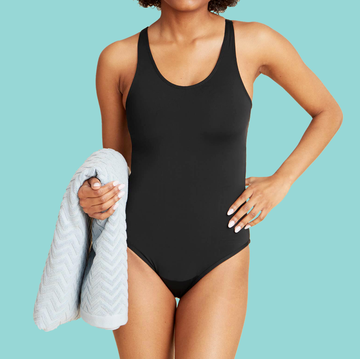The Best Exterior Paints for your Home, Tested by Experts
Enhance your home's curb appeal with one of our top-performing finishes.
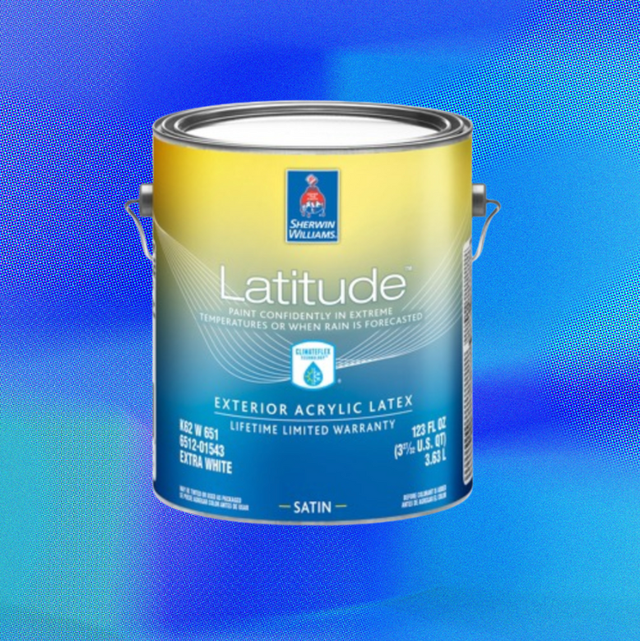
We've been independently researching and testing products for over 120 years. If you buy through our links, we may earn a commission. Learn more about our review process.
The average house needs to be repainted every five to 10 years. The same goes for porches, picket fences and other exposed surfaces. The best way to hit the upper limit of that time range, and maybe even push it to 15 years, is by choosing a top-performing paint for your next exterior project.
Our team in the Home Improvement & Outdoor Lab at the Good Housekeeping Institute tests exterior paint nonstop. The evaluation starts in the Lab, where we simulate years of exposure in a matter of days, measuring fade resistance in our weather accelerator chamber and durability with our abrasion machine. For good measure, we also send paints to the homes of expert testers for real-world projects, getting their take on ease of application and long-term performance.
Having written thousands of product reviews and how-to articles on all aspects of home ownership, from routine maintenance to major renovations, Dan (he/him) brings more than 20 years of industry experience to his role as the director of the Home Improvement & Outdoor Lab at the Good Housekeeping Institute. A one-time roofer and a serial remodeler, Dan can often be found keeping house at his restored Brooklyn brownstone, where he lives with his wife and kids.

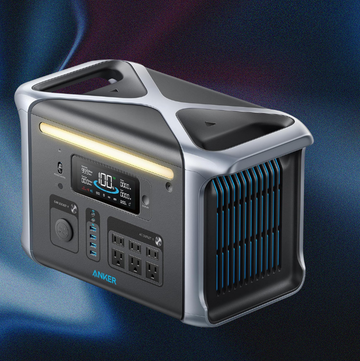
The Best Solar-Powered Generators

The 15 Best Natural and Organic Sunscreens

The Best Mosquito Repellents
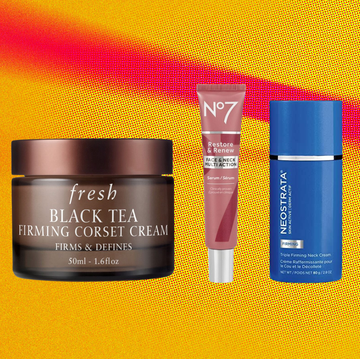
The Best Neck Firming Creams









